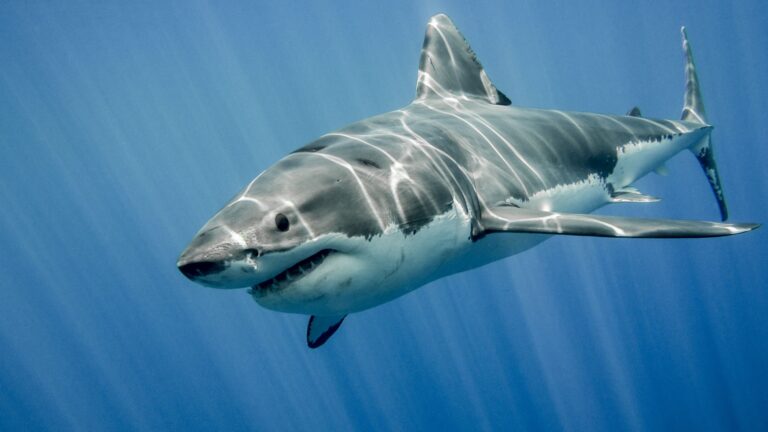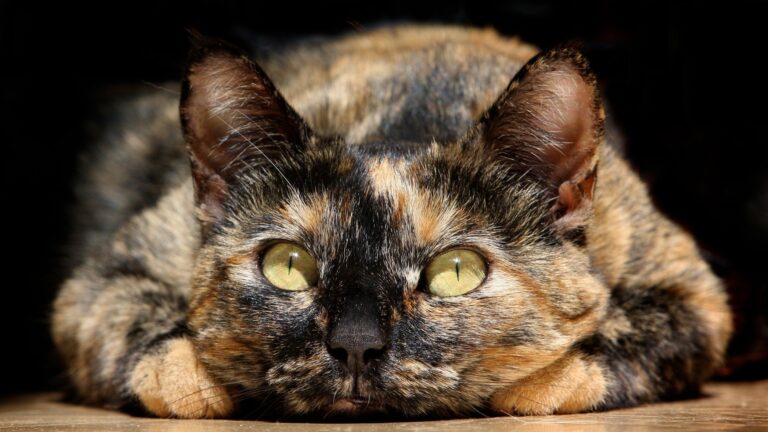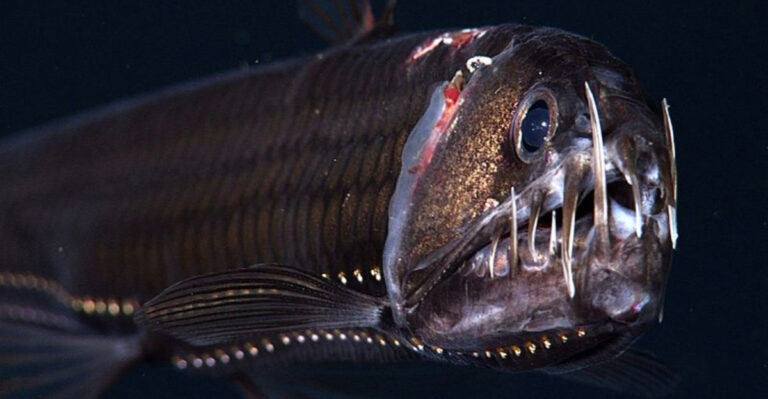How Birds And Mammals Evolved Intelligence Differently
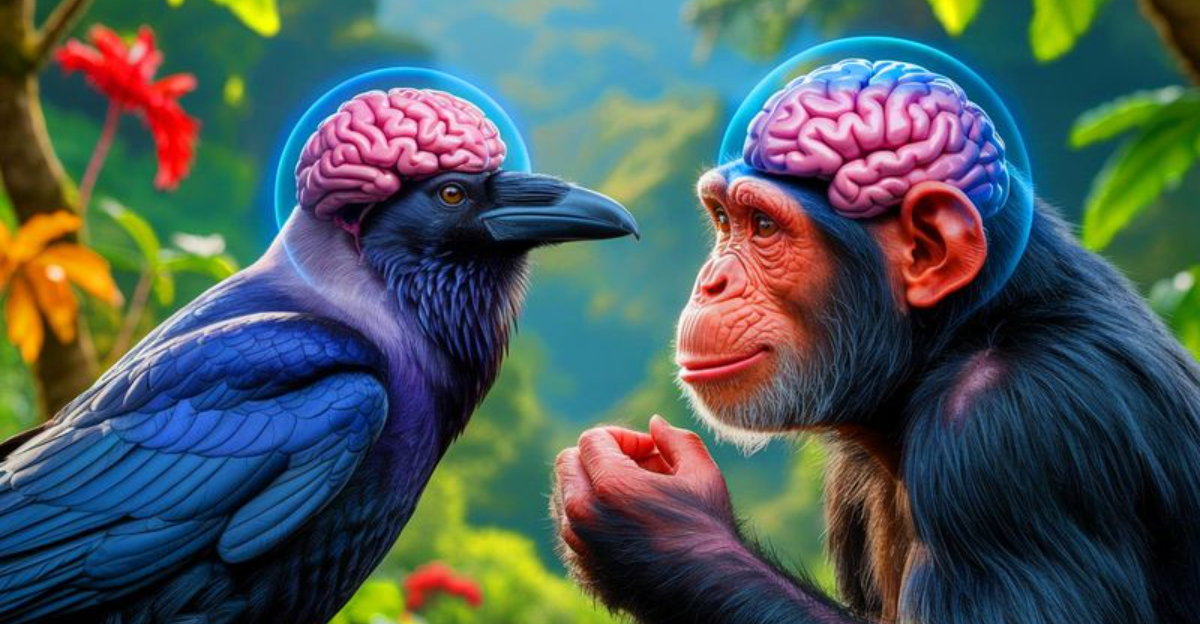
When we think of smart animals, we usually picture chimps, dolphins, or dogs. But some birds are just as clever! Scientists have discovered that birds and mammals took completely different evolutionary paths to develop intelligence.
Even with different brain structures, both groups solved similar problems in their own unique ways. This fascinating journey shows that nature has more than one recipe for creating a genius brain.
The Surprising Structure Of The Avian Brain
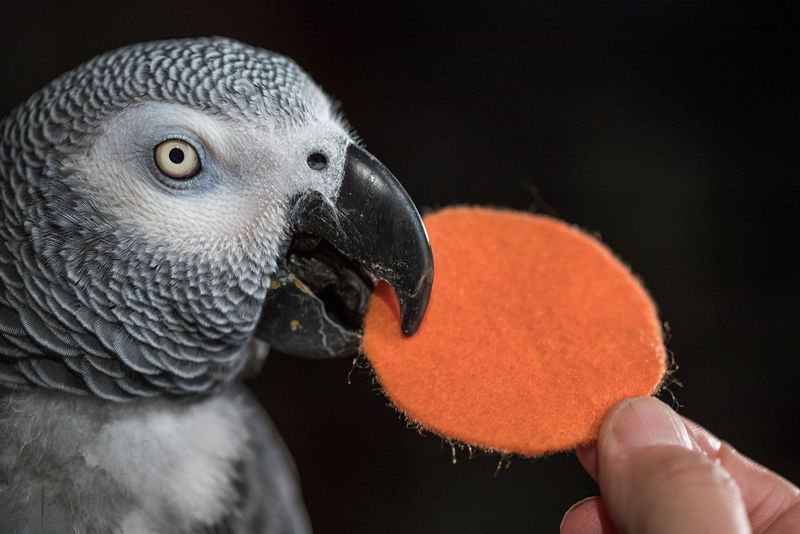
Birds pack a lot of brainpower into tiny skulls! For years, scientists thought bird brains were primitive because they lack a neocortex – the wrinkly outer layer that mammals have. They were wrong.
Bird brains actually contain dense clusters of neurons that perform similar functions to our neocortex. The neural density in some birds is actually higher than in primates! Crows have about 1.5 billion neurons in a brain the size of a walnut.
This compact, efficient design allows birds to be incredibly smart without lugging around heavy heads that would make flying difficult. Their brain organization proves intelligence doesn’t require the exact blueprint mammals use.
Why Intelligence Evolved Without A Neocortex
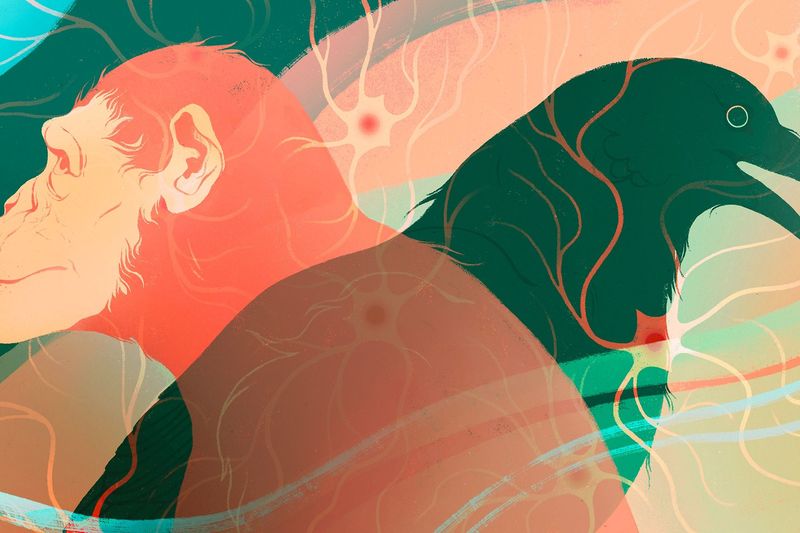
Mammals and birds last shared a common ancestor about 320 million years ago – long before either group developed advanced thinking. This ancient split meant birds had to invent their own version of intelligence.
Without a neocortex, birds evolved a brain region called the pallium that handles complex thinking. The pallium grew thicker and more complex in smart bird species like corvids (crows and ravens) and parrots.
Nature essentially solved the same puzzle twice using different pieces! This remarkable example of convergent evolution shows that when similar environmental pressures exist, completely different biological solutions can emerge to meet the challenge.
Tool Use Isn’t Just For Primates
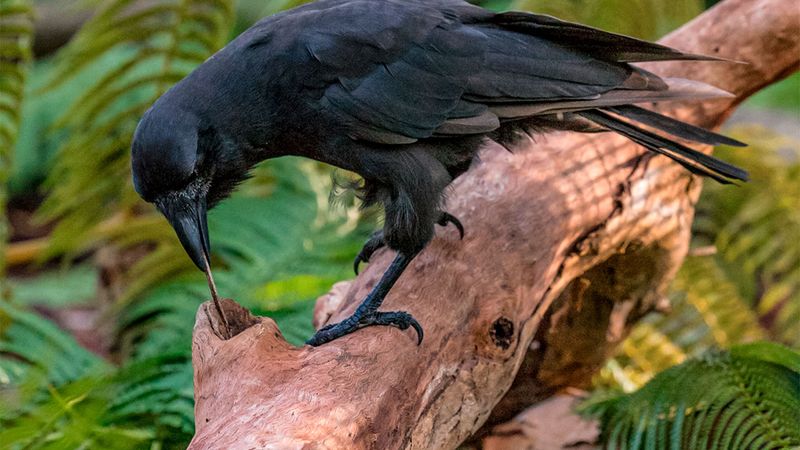
Humans once claimed tool use as our exclusive talent. Then we spotted chimps using sticks to fish for termites. Now we know birds are accomplished tool users too!
New Caledonian crows craft hooks from twigs to pull insects from tree holes. They even create tools in a specific sequence, showing planning ability. Some birds drop nuts onto roads for cars to crack open, then wait for traffic lights to safely retrieve the food.
These behaviors require understanding cause and effect relationships – a hallmark of advanced cognition. The fact that mammals and birds independently evolved tool use suggests it’s a powerful survival advantage worth developing, regardless of brain structure.
Flight Demands Fast Thinking And Sharp Memory
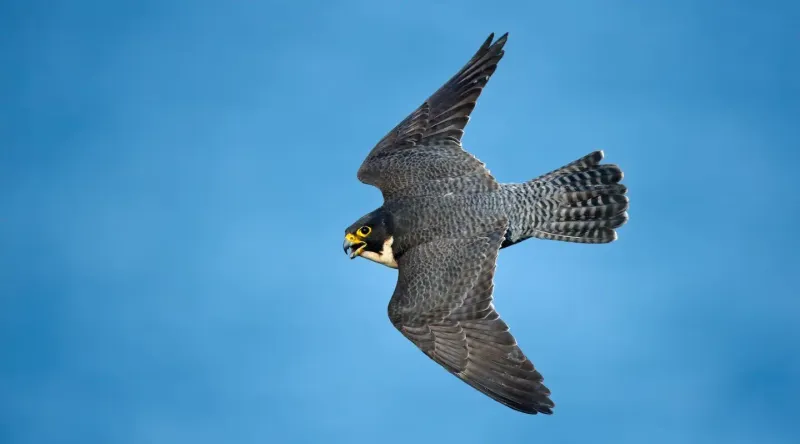
Flying through three-dimensional space requires extraordinary brain power! Birds must process visual information incredibly quickly while navigating at high speeds. A falcon diving at 200 mph has milliseconds to adjust its flight path.
Many birds also have remarkable spatial memory. Clark’s nutcrackers can remember the locations of up to 10,000 seed caches they’ve hidden across miles of territory. Hummingbirds recall every flower they’ve visited and how long it takes each to refill with nectar.
These cognitive demands of flight may have pushed birds toward intelligence in ways ground-dwelling mammals never experienced. The sky created unique challenges that required unique mental solutions.
Social Living Shaped Mammalian Brainpower
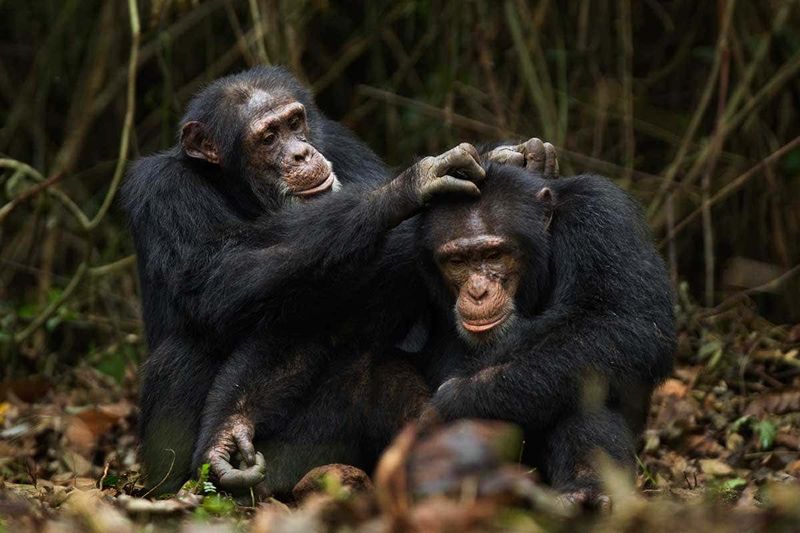
Living in complex social groups pushed mammals toward higher intelligence. Keeping track of relationships, social hierarchies, and group politics requires serious mental firepower!
The “Social Brain Hypothesis” suggests that primates evolved large brains primarily to navigate complex social structures. Dolphins recognize themselves in mirrors and have unique whistles that function like names. Elephants remember relatives they haven’t seen for decades.
These social demands selected for mammals that could read intentions, predict behaviors, and form alliances. While some birds are social too, mammal societies often involve more intricate, long-term social bonds that require sophisticated emotional intelligence and memory systems.
Crows And Parrots Rival Apes In Problem-Solving
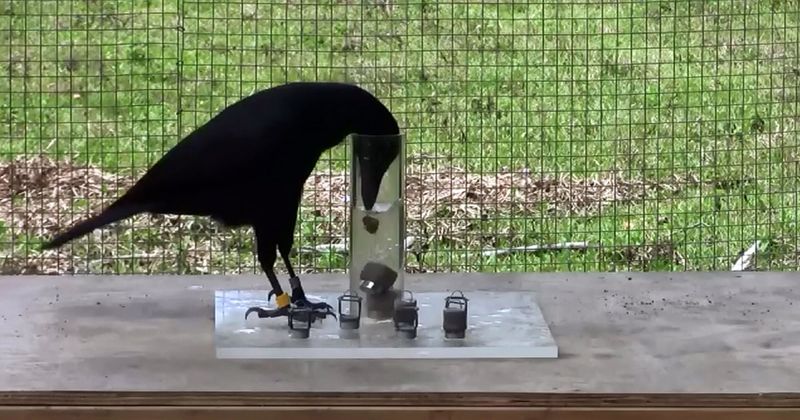
Alex the African Grey parrot could identify colors, shapes, and numbers, even asking questions about objects! Ravens solve multi-step puzzles that stump most children under age seven. These feathered geniuses match or exceed many primates in cognitive tests.
Crows recognize human faces and teach their young which humans to avoid. Some parrots understand the concept of zero and can learn hundreds of words, using them in appropriate contexts.
The mental abilities of these birds emerged completely independently from mammals, yet reached similar levels. Scientists now believe corvids (crows and ravens) and psittacines (parrots) represent a case of parallel evolution – different creatures arriving at similar mental capabilities through entirely separate evolutionary paths.
Different Brains, Similar Outcomes
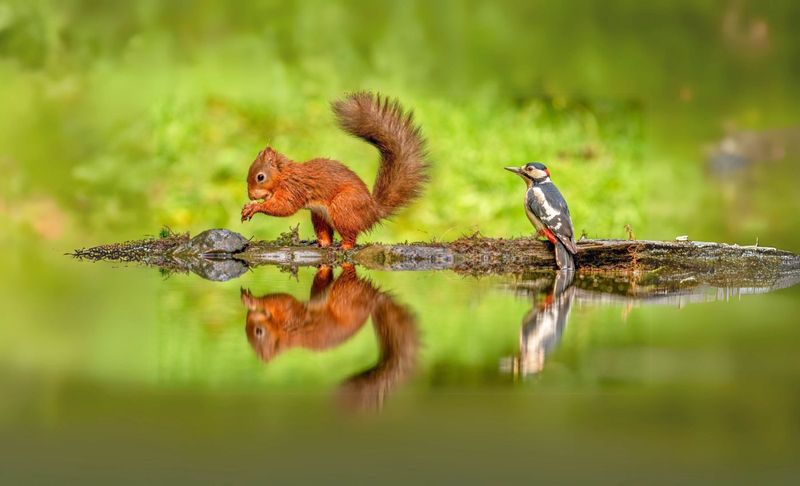
Mammal brains evolved from the outside in – developing a complex neocortex wrapped around older brain structures. Bird brains evolved from the inside out – expanding and reorganizing structures they inherited from reptilian ancestors.
Despite these fundamentally different approaches, both groups independently evolved similar cognitive abilities: self-awareness, planning for the future, understanding cause and effect, and even rudimentary counting. The neural circuits might look different under a microscope, but they accomplish remarkably similar functions.
This fascinating example of convergent evolution suggests that certain cognitive abilities are so valuable for survival that nature will find a way to develop them, regardless of the starting materials.
Environmental Pressures That Sparked Smarter Species
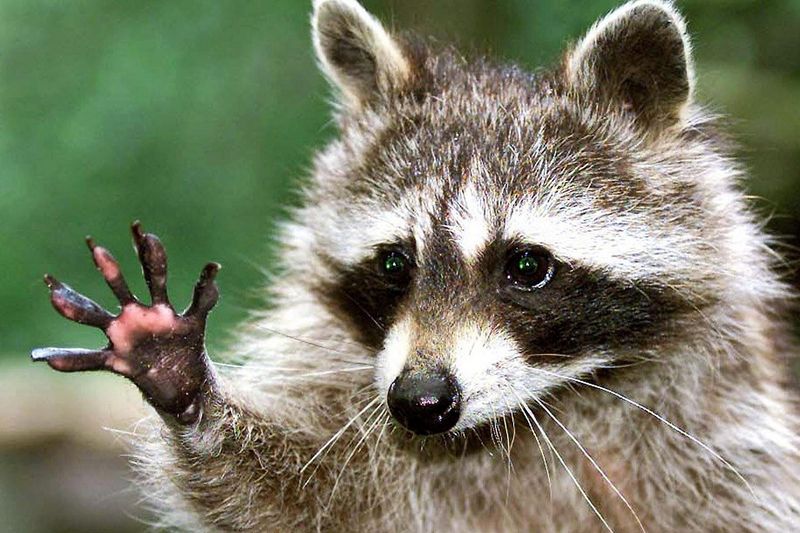
What drives the evolution of intelligence? Unpredictable environments seem key. Species facing changing conditions benefit from flexibility and innovation rather than rigid instincts.
Both clever birds and mammals tend to live in habitats that present novel challenges. Crows thrive in cities where they must constantly adapt to human-created puzzles. Raccoons and rats also excel in these ever-changing environments.
Food acquisition strategies matter too. Animals that must extract hidden food (like woodpeckers drilling for insects or primates cracking nuts) develop better problem-solving skills than creatures with easily accessible food. When survival requires creativity, brains evolve to meet the challenge – whether those brains belong to feathered or furry creatures.
What Brain Size Doesn’t Tell You About Intelligence
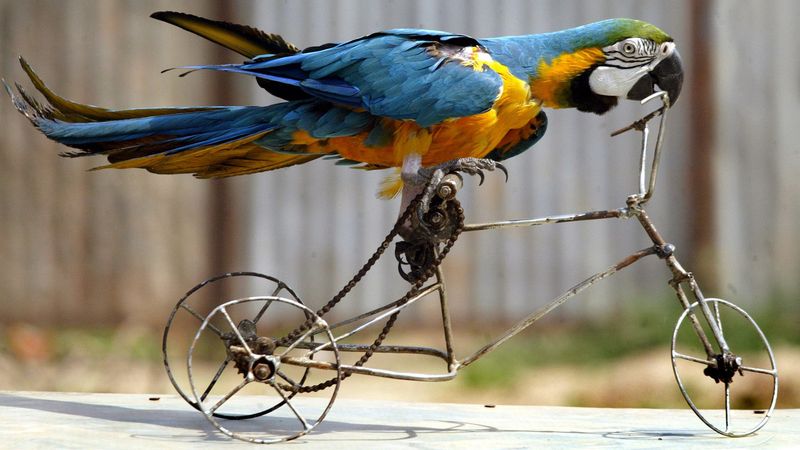
For years, scientists thought bigger brains automatically meant smarter animals. This assumption led them to underestimate bird intelligence. After all, how could a tiny-brained pigeon be smart?
Modern research reveals it’s not overall size that matters, but brain-to-body ratio and neuron density. Parrots and corvids pack more neurons into their forebrains than many mammals. A macaw has roughly the same number of neurons as a macaque monkey in a much smaller package!
Birds achieve this neural density through smaller, more tightly packed neurons. This efficient design allows remarkable cognitive abilities in a lightweight package suitable for flight. Intelligence, it turns out, comes in many sizes.
When Evolution Solves The Same Problem Twice
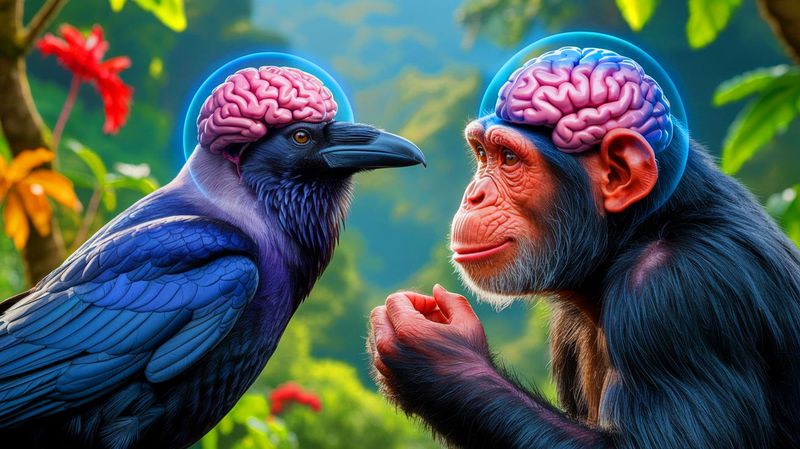
The parallel development of intelligence in birds and mammals offers one of nature’s most beautiful examples of convergent evolution. Like engineers arriving at similar solutions independently, evolution produced smart birds and smart mammals using completely different blueprints.
Both groups faced problems requiring flexible thinking: finding food, avoiding predators, navigating complex environments, and managing social relationships. Natural selection favored individuals with enhanced problem-solving abilities.
This dual path to intelligence suggests that cognitive abilities may be inevitable outcomes of evolution under certain conditions. If we ever discover intelligent alien life, it might think in ways recognizable to us despite having a completely different evolutionary history – a profound insight about the nature of intelligence itself.


